A study has found that the cortex acts like a ‘memory machine’, encoding new experiences and predicting the near future, helping to differentiate between novel and old information.
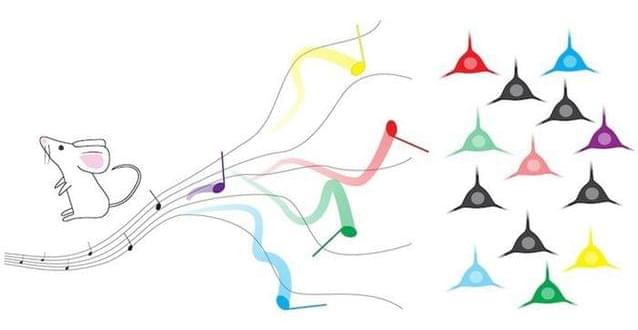


A recent study in an animal model provides direct evidence for the role of the vagus nerve in gut microbiome-brain communication, addressing a critical gap in the field.
The research—led by Kelly G. Jameson, as a Ph.D. student in the Hsiao Lab at UCLA—demonstrates a clear causal relationship between gut microbiota and vagal nerve activity. The work is published in the journal iScience.
While the vagus nerve has long been thought to facilitate communication between the gut microbiome—the community of microorganisms living in the intestines—and the brain, direct evidence for this process has been limited. Researchers led by Jameson observed that mice raised without any gut bacteria, known as germ-free mice, exhibited significantly lower activity in their vagus nerve compared to mice with a normal gut microbiome. Notably, when these germ-free mice were introduced to gut bacteria from normal mice, their vagal nerve activity increased to normal levels.
Using the latest brain preservation techniques, could we ever abolish death? And if so, should we?
Watch the Q&A here (exclusively for our Science Supporters): https://youtu.be/iSIIDJS2a2U
Buy Ariel’s book here: https://geni.us/xvi1Ivf.
This lecture was recorded at the Ri on 2 December 2024.
Just as surgeons once believed pain was good for their patients, some argue today that death brings meaning to life. But given humans rarely live beyond a century – even while certain whales can thrive for over two hundred years – it’s hard not to see our biological limits as profoundly unfair.
Yet, with ever-advancing science, will the ends of our lives always loom so close? For from ventilators to brain implants, modern medicine has been blurring what it means to die. In a lucid synthesis of current neuroscientific thinking, Ariel Zeleznikow-Johnston explains that death is no longer the loss of heartbeat or breath, but of personal identity – that the core of our identities is our minds, and that our minds are encoded in the structure of our brains. On this basis, he explores how recently invented brain preservation techniques may offer us all the chance of preserving our minds to enable our future revival, alongside the ethical implications this technology could create.
Join this channel to get access to perks:
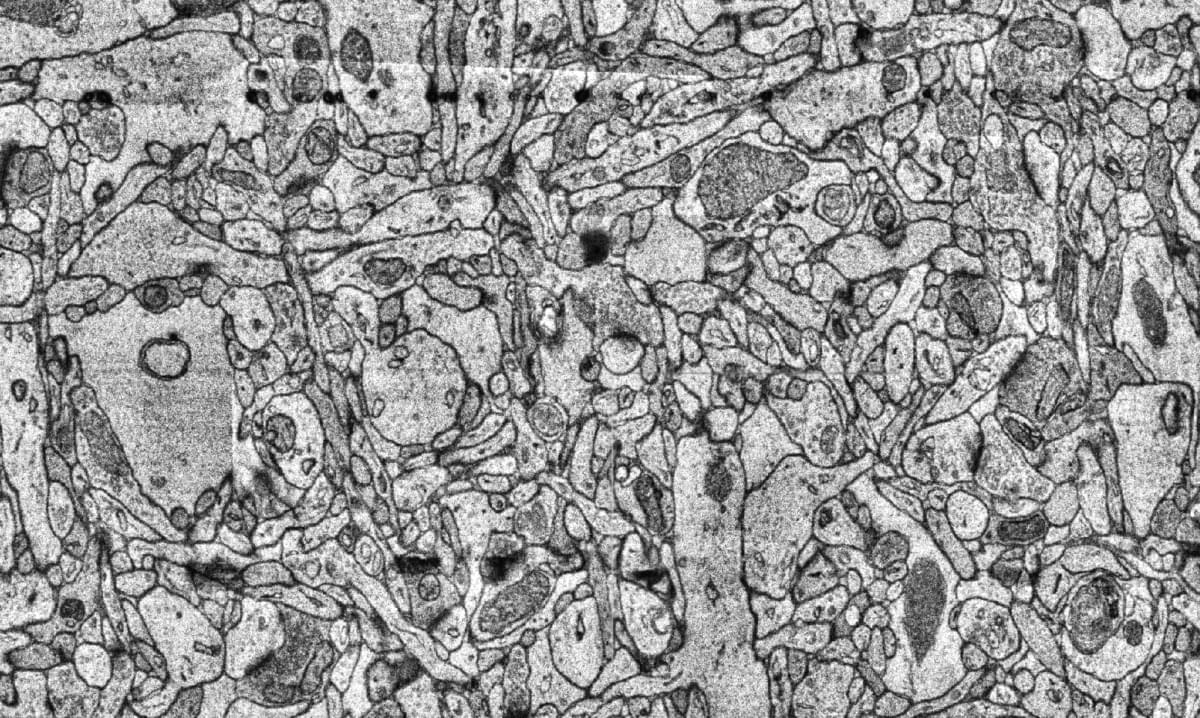
I presented these slides (PDF and images below) during the Workshop on Philosophy and Ethics of Brain Emulation (January 28th-29th, 2025) at the Mimir Center for Long Term Futures Research in Stockholm, Sweden. In my talk, I explored how various biological phenomena beyond standard neuronal electrophysiology may exert noticeable effects on the computations underlying subjective experiences. I emphasized the importance of the large range of timescales that such phenomena operate over (milliseconds to years). If we are to create emulations which think and feel like human beings, we must carefully consider the numerous tunable regulatory mechanisms the brain uses to enhance the complexity of its computational repertoire.

While the trial is limited to members of families with genetic mutations that all but guarantee they will develop Alzheimer’s at a young age, typically in their 30s, 40s or 50s, the researchers expect that the study’s results will inform prevention and treatment efforts for all forms of Alzheimer’s disease.
Called the Primary Prevention Trial, the new study investigates whether remternetug — an investigational antibody being developed by Eli Lilly and Company — can remove plaques of a key Alzheimer’s protein called amyloid beta from the brain or block them from accumulating in the first place. Both genetic and nongenetic forms of Alzheimer’s disease start with amyloid slowly collecting in the brain two decades before memory and thinking problems arise. By clearing out low levels of amyloid beta plaques or preventing them from accumulating during the early, asymptomatic phase of the disease, or both, the researchers hope to interrupt the disease process at the earliest stage and spare people from ever developing symptoms.
“We have seen tremendous progress in the treatment of Alzheimer disease in the past few years,” said Eric McDade, DO, a professor of neurology and the trial’s principal investigator. “Two amyloid-targeting drugs were shown to slow symptoms of the disease and have now been approved by the Food and Drug Administration (FDA) as treatments for people with mild cognitive impairment or mild dementia due to Alzheimer’s disease. This provides strong support for our hypothesis that intervening when amyloid beta plaques are at the very earliest stage, long before symptoms arise, could prevent symptoms from emerging in the first place.”
The trial is part of the Knight Family Dominantly Inherited Alzheimer Network-Trials Unit (Knight Family DIAN-TU), a clinical trials platform designed to find medicines to prevent or treat Alzheimer’s disease. It is closely associated with DIAN, a National Institutes of Health (NIH)-funded international research network led by WashU Medicine that involves research institutes in North America, Australia, Europe, Asia and South America. DIAN follows families with mutations in any of three genes that cause Alzheimer’s at a young age. A child born into such a family has a 50% chance of inheriting such a mutation, and those who do so typically develop signs of dementia near the same age his or her parent did. All the participants in the Primary Prevention Trial come from such families.
“My grandfather passed away from Alzheimer’s, and so did his mother and all but one of his brothers,” said Hannah Richardson, 24, a participant in the Primary Prevention Trial. “My mom and my uncle have been participating in DIAN trials since I was about 10 years old. My mom was always very open about her diagnosis and how it spurred her advocacy for Alzheimer’s research, and I’ve always known I wanted to follow in her footsteps. I am happy to be involved in the Primary Prevention Trial and be involved in research because I know how important it is.”
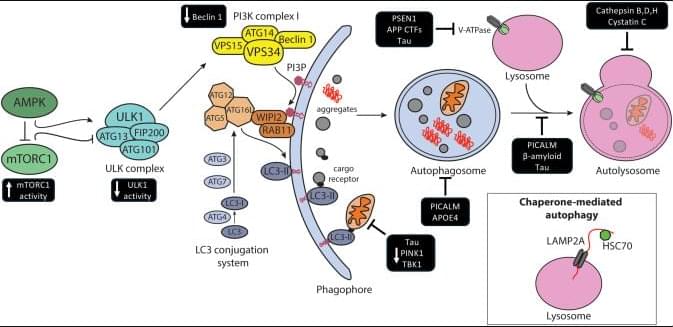
This review discusses the links between the autophagy pathway, aging, and age-associated neurodegeneration in Alzheimer’s, Parkinson’s, motor neuron, and Huntington’s diseases. The authors highlight the functions of autophagy in neurons and glia and how aging and neurodegenerative diseases affect autophagy.
UC Davis Health is pleased to announce that Neurosurgeon David Brandman and his team at UC Davis Neuroprosthetics Lab were selected for a 2025 Top Ten Clinical Research Achievement Award. The Clinical Research Forum presents this award to honor 10 outstanding clinical research studies published in peer-reviewed journals in the previous year. This year’s Top 10 Awards ceremony will be held on April 14 in Washington, D.C.
Brandman and his team are recognized for their groundbreaking work in developing a new brain-computer interface (BCI) that translates brain signals into speech with up to 97% accuracy — the most accurate system of its kind. Their work was published in the New England Journal of Medicine.
“Our team is very honored that our study was selected among the nation’s best published clinical research studies. Our work demonstrates the most accurate speech neuroprosthesis (device) ever reported,” said Brandman, co-director of the Neuroprosthetics Lab. He is an assistant professor in the UC Davis Department of Neurological Surgery.
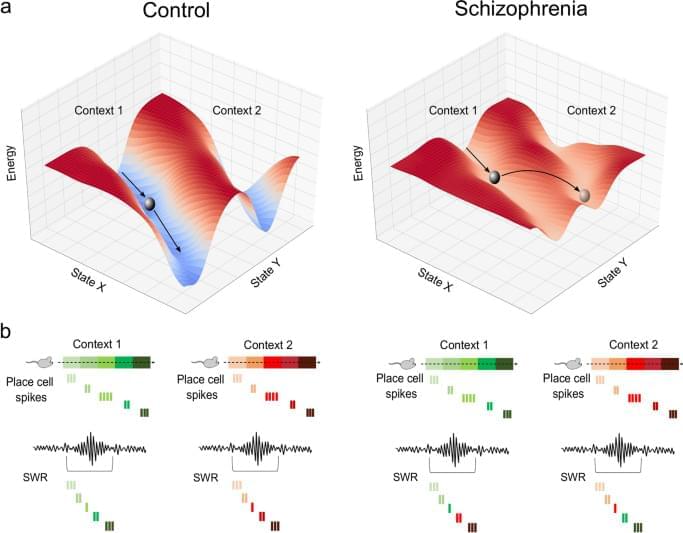
Musa, A., Khan, S., Mujahid, M. et al. The shallow cognitive map hypothesis: A hippocampal framework for thought disorder in schizophrenia. Schizophr 8, 34 (2022). https://doi.org/10.1038/s41537-022-00247-7
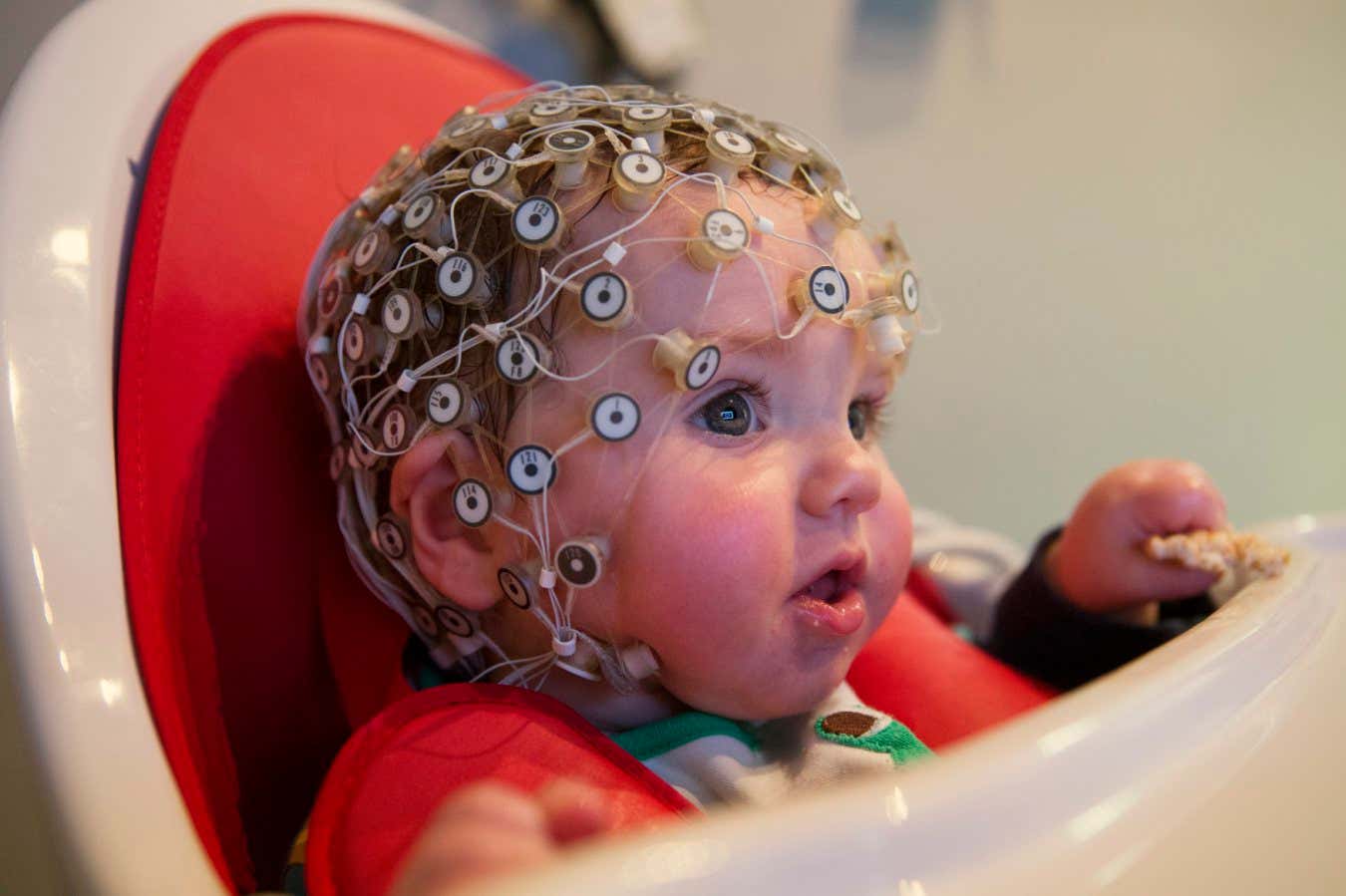
The debate over when consciousness arises has been revitalised by new tests of awareness in infants – raising the possibility that it emerges just before birth.
By David Robson
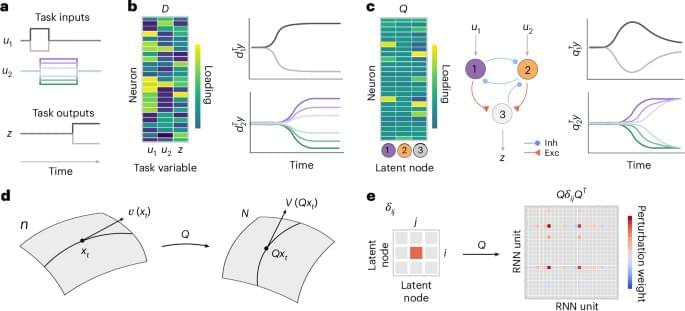
The latent circuit model captures task-related neural activity in the low-dimensional subspace spanned by the columns of Q, with dynamics within this subspace generated by the neural circuit Eq. (2). We infer the latent circuit parameters (Q, wrec, win and wout) from neural activity y by minimizing the loss function L = ∑k,t ∥ y − Qx ∥ 2 + ∥ z − woutx ∥ 2, where k and t index trials and time within a trial, respectively (Methods).
In the latent circuit model, the heterogeneity of single-neuron responses has three possible sources: mixing of task inputs to the latent circuit via win, recurrent interactions among latent nodes via wrec and linear mixing of representations in single neurons via the embedding Q. The orthonormality constraint on Q implies that the projection defined by the transpose matrix QT is a dimensionality reduction in which projection onto the i th column of Q correlates with the activity of the i th node in the latent circuit. Conversely, the image of each latent node i is a high-dimensional activity pattern given by the column qi of the matrix Q. Thus, the latent circuit provides a dimensionality reduction that incorporates an explicit mechanistic hypothesis for how the resulting low-dimensional dynamics are generated.
In general, it is not obvious under what circumstances we can satisfactorily fit a latent circuit model to the responses of a high-dimensional system. If, for example, solutions to cognitive tasks that emerge in large systems are qualitatively different from mechanisms operating in small circuits, then we should not be able to adequately fit task-related dynamics of the large system with a low-dimensional circuit model. However, the existence of a low-dimensional circuit solution that accurately captures dynamics of the large system would suggest that this circuit mechanism may be latent in the high-dimensional system.